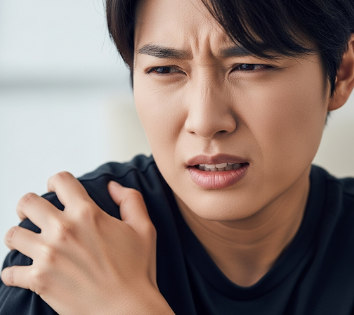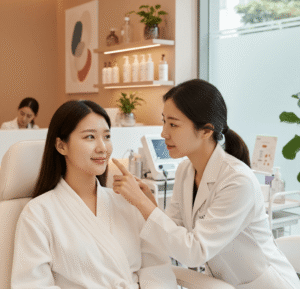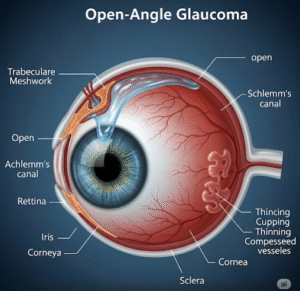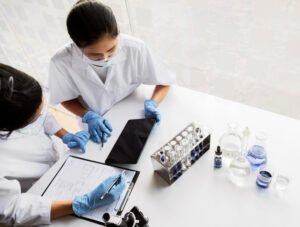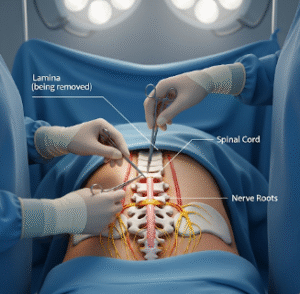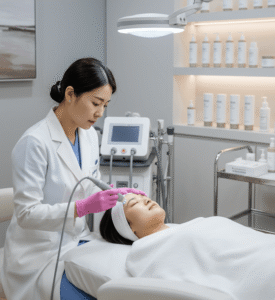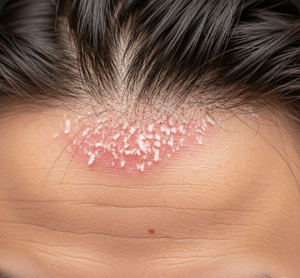➤ Overview
Shoulder pain is a common musculoskeletal complaint that can range from mild discomfort to severe pain, limiting movement and daily activities. The shoulder is a complex joint comprising bones, muscles, tendons, ligaments, and bursae, making it susceptible to a variety of injuries and disorders.
In South Korea, shoulder pain is evaluated and treated by orthopedic specialists, physical therapists, and sports medicine professionals. Advanced diagnostic tools and treatment techniques, including minimally invasive surgery, rehabilitation programs, and regenerative therapies, are widely available to improve shoulder function and reduce pain.
➤ Key Facts
→ Shoulder pain can be acute or chronic and may affect one or both shoulders.
→ Common causes include rotator cuff injuries, arthritis, bursitis, and tendonitis.
→ Pain may worsen with movement, lifting, or repetitive activities.
→ Early treatment can prevent long-term disability and restore mobility.
→ In Korea, shoulder pain management often combines conservative therapy, rehabilitation, and surgical interventions.
→ Imaging techniques like X-rays, MRI, and ultrasound help identify the underlying cause.
→ Lifestyle modifications and physical therapy are essential for long-term recovery.
➤ What is Shoulder Pain?
Shoulder pain refers to discomfort or aching in the shoulder region, which may originate from the joint itself or surrounding tissues. The shoulder joint, also known as the glenohumeral joint, is highly mobile, allowing for a wide range of motion but making it vulnerable to injury.
Pain may arise from:
→ Muscle or tendon injuries – Tears or inflammation of the rotator cuff.
→ Joint degeneration – Osteoarthritis or cartilage damage.
→ Inflammation of bursae or tendons – Bursitis or tendonitis.
→ Referred pain – Pain from the neck, spine, or internal organs manifesting in the shoulder.
Korean healthcare providers evaluate structural, functional, and neurological factors to determine the precise source of shoulder pain.
➤ What Symptoms are Related to Shoulder Pain?
Shoulder pain may be accompanied by:
→ Localized pain or tenderness, often near the front, top, or back of the shoulder.
→ Stiffness or limited range of motion.
→ Swelling or inflammation in the shoulder region.
→ Weakness in the arm or shoulder muscles.
→ Clicking, popping, or grinding sounds during movement.
→ Pain radiating down the arm or to the neck.
→ Difficulty performing daily activities such as lifting, reaching, or carrying objects.
➤ What Causes / Possible Causes?
Shoulder pain can result from various musculoskeletal, inflammatory, or systemic conditions:
→ Rotator cuff injuries – Tears or tendonitis from overuse or trauma.
→ Frozen shoulder (adhesive capsulitis) – Stiffness and pain due to joint capsule inflammation.
→ Bursitis – Inflammation of the fluid-filled sacs cushioning the joint.
→ Arthritis – Osteoarthritis or rheumatoid arthritis affecting the shoulder joint.
→ Dislocations or fractures – Trauma or falls causing structural damage.
→ Referred pain – From cervical spine problems, heart conditions, or gallbladder disease.
→ Overuse or repetitive motion – Common in athletes and manual laborers.
→ Postural issues – Poor posture can strain shoulder muscles and tendons.
➤ When Should I See My Doctor?
Seek medical attention for shoulder pain if you experience:
→ Severe or persistent pain that does not improve with rest.
→ Sudden injury or trauma causing swelling, deformity, or inability to move the shoulder.
→ Numbness, tingling, or weakness in the arm or hand.
→ Pain accompanied by fever or redness, suggesting infection.
→ Recurring or chronic pain affecting daily activities.
→ Pain that radiates to the chest or neck, which may indicate a more serious underlying condition.
→ Shoulder pain in older adults that limits mobility or daily functioning.
➤ Care and Treatment
Treatment for shoulder pain depends on the underlying cause and severity:
→ Rest and activity modification – Avoiding activities that worsen pain.
→ Physical therapy – Exercises to improve mobility, strength, and posture.
→ Pain relief medications – NSAIDs or analgesics to reduce inflammation and discomfort.
→ Cold or heat therapy – Ice for acute injuries and heat for chronic stiffness.
→ Corticosteroid injections – To reduce inflammation in bursitis or tendonitis.
→ Surgical intervention – For severe injuries, rotator cuff tears, or joint degeneration.
→ Ergonomic adjustments – Modifying work or daily activities to reduce shoulder strain.
→ Regenerative therapies – Platelet-rich plasma (PRP) or stem cell injections in specialized centers.
➤ Treatment Options in Korea
South Korea provides advanced orthopedic and rehabilitation services for shoulder pain, combining conservative and surgical approaches:
Diagnosis in Korea
→ Comprehensive physical examination by orthopedic specialists.
→ Imaging studies including X-ray, MRI, or ultrasound for precise diagnosis.
→ Evaluation of posture, range of motion, and muscle strength.
Medical Treatments in Korea
→ Prescription of NSAIDs, analgesics, or muscle relaxants.
→ Physical therapy programs tailored to patient needs.
→ Corticosteroid injections for inflammatory shoulder conditions.
Advanced Therapies in Korea
→ Arthroscopic shoulder surgery for rotator cuff repair or labral tears.
→ Minimally invasive joint replacement for severe arthritis.
→ Regenerative medicine techniques, such as PRP therapy, for chronic tendon injuries.
Rehabilitation & Support in Korea
→ Structured rehabilitation programs to restore strength and mobility.
→ Education on posture correction and ergonomics.
→ Ongoing monitoring and follow-ups to prevent recurrence and optimize recovery.

